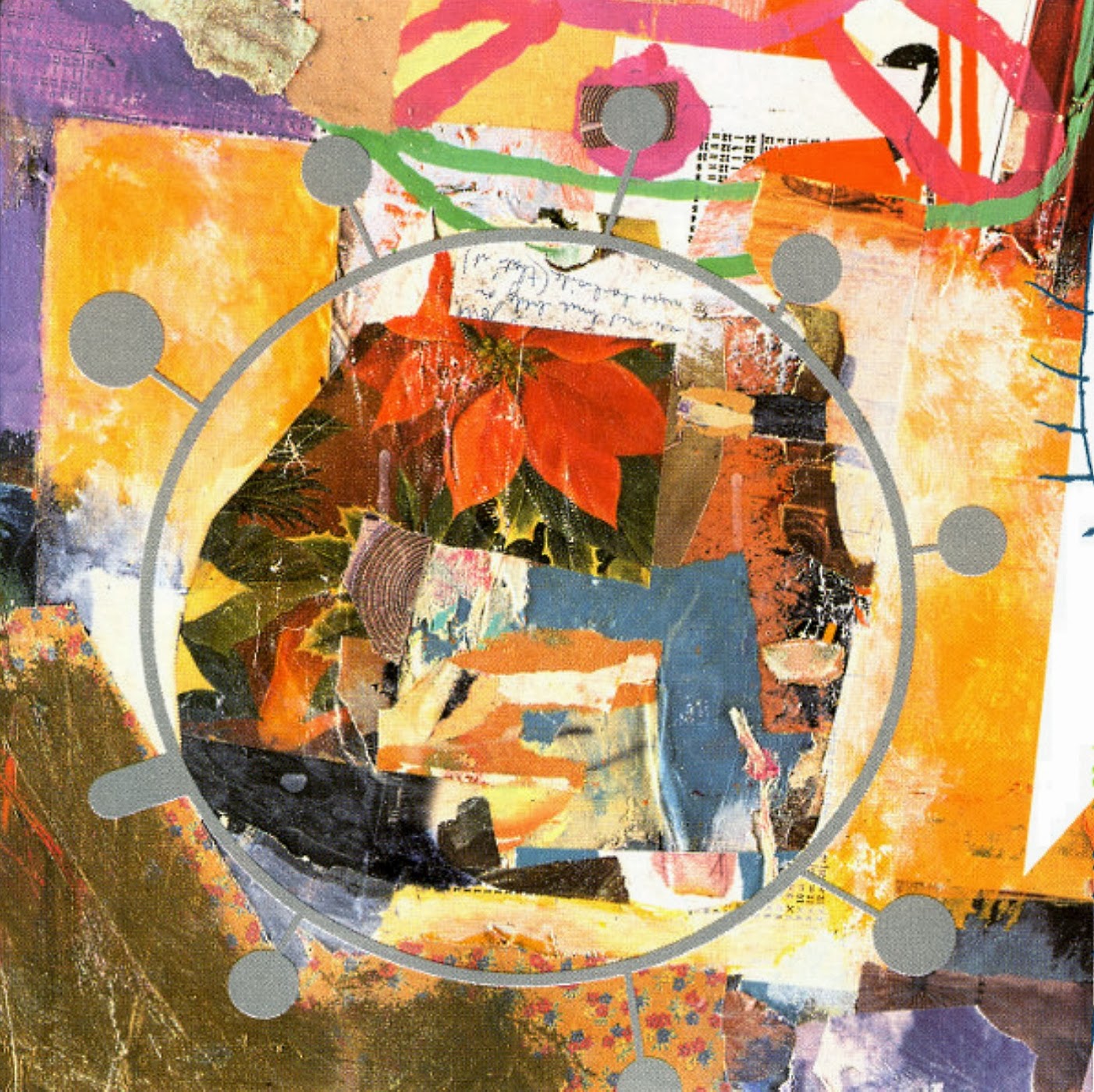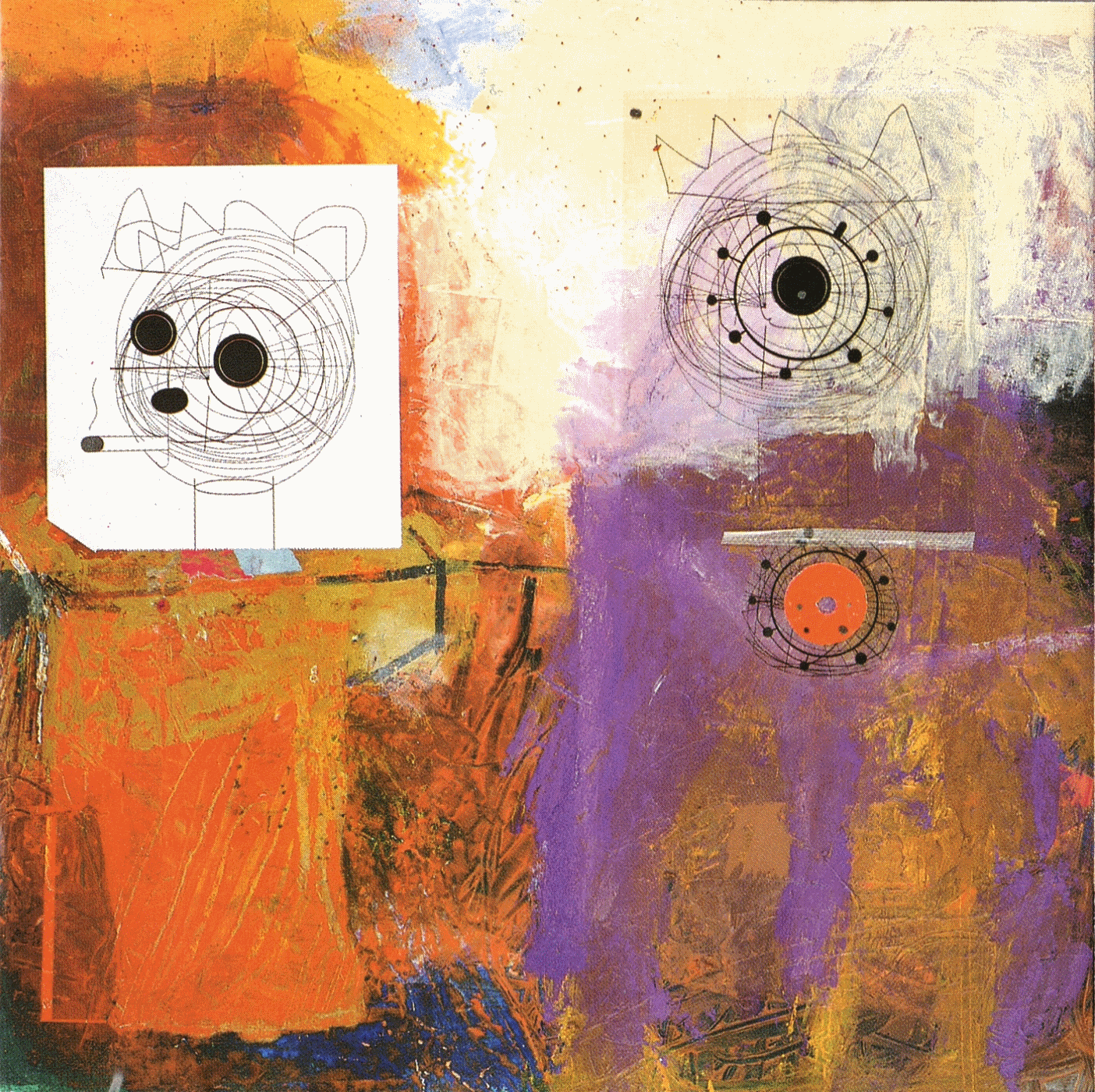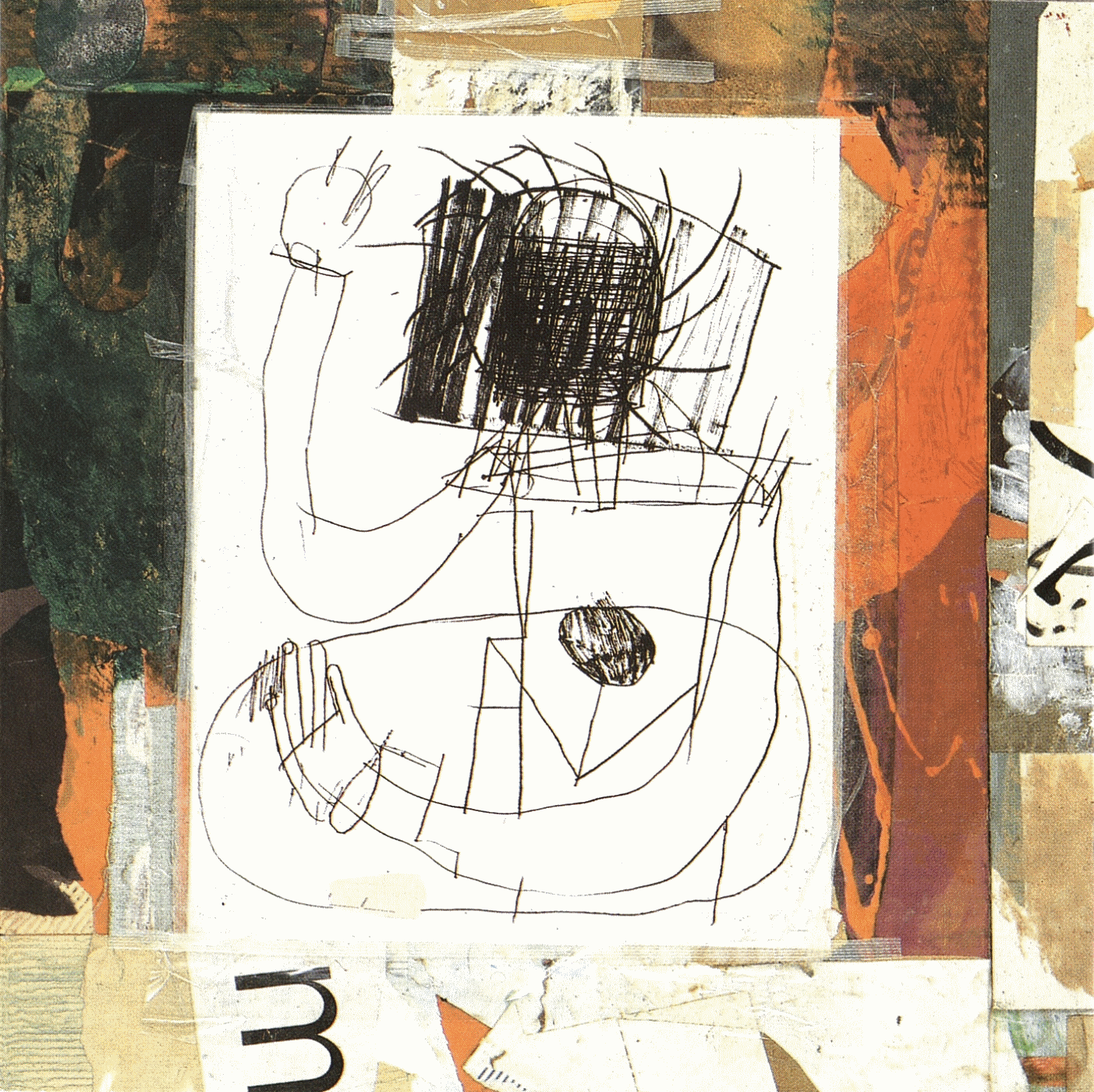Label: Emanem – 4049
Format: CD, Album; Country: UK - Released: 01 May 2001
Style: Free Jazz, Easy Listening, Free Improvisation
Recorded At – The Vortex Jazz Club, 2000 March 23, London
Recorded At – St Michael And All Angels Church, 2000 May 24, London
Edited By, Mastered By, Design, Liner Notes – Martin Davidson
Vortices & Angels offers two separate London duos featuring saxophonist John Butcher, and the title of this disc could not be more apt for the music contained within. The "Vortices" part (two pieces; 38 minutes) documents Butcher's performance with iconic free improv guitarist Derek Bailey at the Vortex, a jazz club in north London. This pair last performed as a duo a decade ago, so this recording offers a fresh update on their sound. Bailey dominates the beginning of "Low Vortex"; his open, adventurous sound keeps tugging Butcher forward. The guitarist goes electric and makes use of volume and feedback as supplements to his usual arsenal of scratching noises, rampant harmonics, and angular clusters. But Butcher is never far behind, and at times one can often hear the two battling for the pole position. During moments of peak intensity, Butcher pulls out all the stops and howls with the lushest collection of overtones one might imagine. Fortunately, these maelstroms are scattered among periods of more introspective activity. Butcher appears equally comfortable in settings that require gentle whispered breathing or bird-like cooing, and Bailey eventually calms down enough for some very interesting exchanges. With all the color and dynamics at their disposal, these two players interact in distinctively individual ways. The record is particularly revealing, given the personality differences between the players; their interaction reflects both strategic and tactical biases, though they're usually on the same team. On to "Angels." Harpist Rhodri Davies and Butcher mark their first duo meeting in a fabulously lush setting at St. Michael and All Angels Church in London. Having experienced performances like this, I can affirm the church is a far better place than a club for this sort of thing. If Butcher's approach to the saxophone is a bit idiosyncratic, then Davies' approach to the harp is downright revolutionary. He prefers attack to decay; he prefers arco to pizzicato; and he prefers overtones to fundamentals. Nevertheless, the harp remains very quiet throughout. Davies' buzz-and-tinkle approach highlights Butcher's talents on the low end of the dynamic spectrum and the high end of the tonal spectrum. He happily constructs higher- order units from simple building blocks. Davies sticks with him, handing off more than a few blocks of his own. (Picture the two, instruments in hand, with bright shiny haloes above their heads, and you'll get the general idea.) The "Angels" of this record do a lot of listening, and their playing reflects deliberate choice and instrospective reaction. Each note acquires its own individual character when spaced out like this, though forward motion rarely suffers as a consequence.
_ By NILS JACOBSOB (AAJ)
This newly released set is apportioned into two sections: The first two pieces feature legendary British free-improviser, guitarist Derek Bailey performing with compatriot, saxophonist John Butcher, live at the “ Vortex ” club in London, whereas Butcher and harpist, Rhodri Davies execute three duet pieces at a London church. Basically, these recordings provide the listener with stark contrasting elements, yet are firmly rooted within the traditional or perhaps classic, British free-style mode of improvisation. The opener titled “ Low Voltage, ” is a twenty-seven minute opus, featuring Bailey and Butcher engaging in emotionally driven exchanges and the master artisans ’ unique vernacular atop expressively animated dialogue. Here, Bailey carves out a series unorthodox voicings amid his customary employment of harmonics as Butcher often answers with complimentary or offsetting statements via his buzz-saw attack and expert utilization of droning extended notes and circuitous lines. Essentially, the artists ’ instruments serve as imaginary appendages of their respective psyches as the twosome alters the ebb and flow via a series of seemingly argumentative discourses and subtle shifts in strategy. Butcher ’ s pairing with harpist, Rhodri Davies offers a bit of counterpoint to his duets with Bailey while the musicians ’ also stretch their instruments capabilities to the max. However, Davies ’ often metallic, steely edged lines may impart somewhat of an illusion or perhaps signify the antithesis of your traditional fluttering, fairy tale like, harp-based methodology. - Fortunately, rules were meant to be broken! With “ Rhagymadrodd ” the soloists serve up rather haunting sequences of sub themes, complete with Butcher ’ s mimicking of birds chirping along with Davies ’ well-placed notes, and nonconforming frameworks. Needless to say, most instances of time, space, and reality become jumbled and distorted, thanks to the musicians ’ artful implementations and wily interplay. Highly recommended.
_ By GLENN ASTARITA, Published: September 1, 2001
Links in Comments!






























.gif)
















.gif)



















.gif)